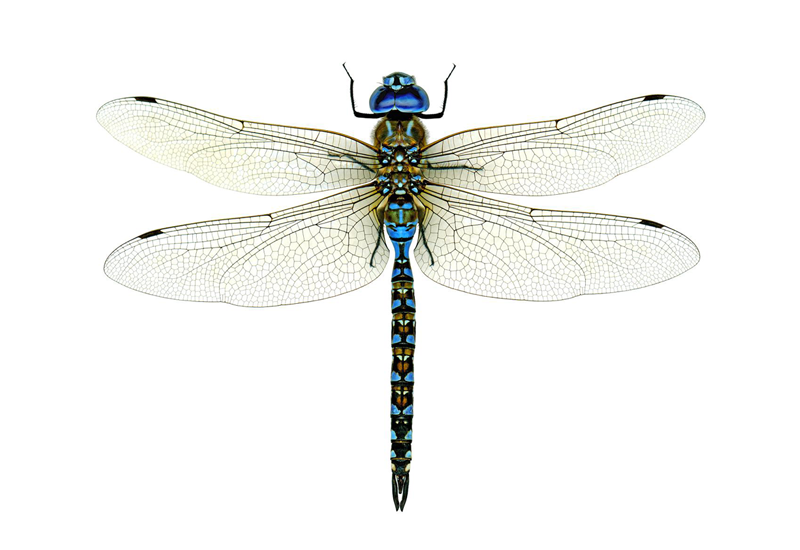JULY 9, 2020 – Yesterday evening we sat out on the dock watching some amazing birdlife. The two herons that hang out on the shore several hundred feet in one direction flew back and forth. On one of these trips a heron communicated with a couple of mallards swimming past the end of the dock. I’d never heard a heron talk before and didn’t know it could speak “mallard”—on its fly-by, the heron definitely quacked like a duck. Other waterfowl flew past or way out over the water, including gulls, a loon, mergansers and a kingfisher.
And then there were the bald eagles, five in all, engaged in what appeared to be a territorial battle as they climbed, then dive-bombed each other above the horizon of the nearby corner of the lake.
But the most amazing aerial display, I think, was by the damselflies and dragonflies in the area immediately around the dock. Like all other creatures of the wild, these winged bugs are in a relentless search for food—in their case, winged bugs of the gnat and mosquito varieties.
I did a little research about damselflies and dragonflies and discovered that except for their vastly reduced size, they are essentially unchanged over 100s of millions of years. This durability blows the loon out of the water—the loon not having evolved much over a mere million years.
My favorite bugs belong to the order Odonata, not to be confused with your orthodontist. The main difference between damselflies and dragonflies is size (damselflies are more delicate) and color (damselflies have a blue “fuselage”; dragonflies, green).
Damselflies and dragonflies flit about like drones at hyper-speed. They zig left, zag right, zoom up, then down. On one evening scores of them flew about like model WWI aircraft staging a fast-motion dogfight. Occasionally one would land on the dock, the arm of a chair, or our dock table. Try as we might, neither my wife nor I had a camera finger quick enough to capture one of these fighter planes “on the ground.” I began to suspect that our camera buttons were somehow connected to the wings of the “bug at rest.”
While I was out in the kayak one evening, a dragonfly landed immediately in front of me and within easy capture by my camera. I was so transfixed by the bug’s finer details, however, I forgot all about picture-taking. The head was a miniature control center, green eyes seeing in all directions like a pivoting radar, always activated and on high alert. With one of its front landing gear, the bug agilely cleaned its radar screen. The most fascinating parts of this delicate flying machine were its transparent wings. Against the fury of wind and weather—not to mention hungry kingfishers and cunning spiders—those wings looked improbably fragile.
After nearly a minute, I came to my senses and remembered—my camera!
Too late!
(Remember to subscribe to this blog and receive notifications of new posts by email.)
© 2020 by Eric Nilsson
